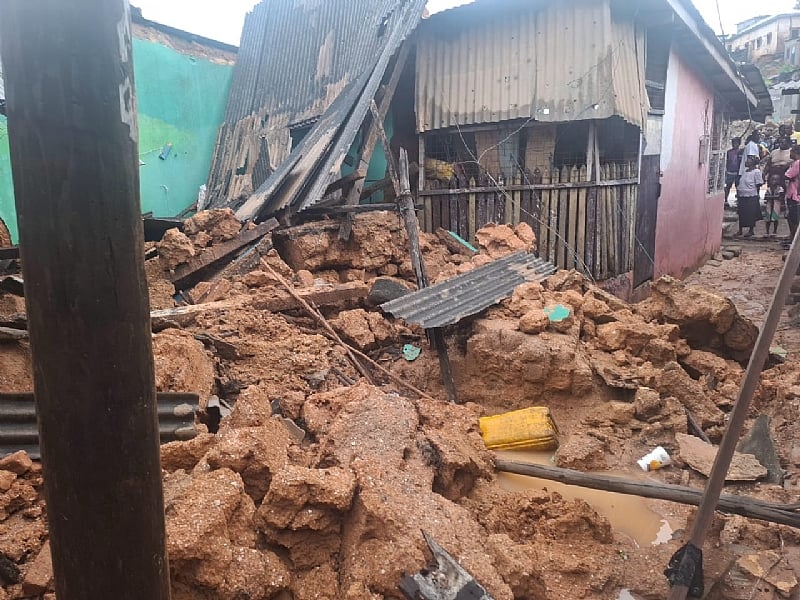The historic city of Cape Coast, Ghana, experienced a spate of building collapses in late June 2024, raising concerns about structural safety and preservation of its unique architectural heritage. Within a single week, seven buildings crumbled, fortunately resulting in only three fatalities and a handful of injuries and displacements. The incidents underscore the precarious balance between maintaining the city’s historical character and ensuring the safety of its residents. The collapses spanned different types of structures, from traditional mud buildings in fishing communities like Brofoyedur to modern multi-story constructions in developing areas like 3rd Ridge, suggesting a range of contributing factors beyond simply age or material. This series of events has prompted immediate action by the Cape Coast Metropolitan Assembly, which initiated a large-scale demolition effort targeting weakened structures deemed at risk of collapse. However, the demolition strategy must navigate the complexities of preserving Cape Coast’s historical significance as a cultural hub.
The collapse of the mud building in Brofoyedur exemplifies the challenges faced by traditional communities clinging to their architectural heritage. Mud structures, while embodying cultural significance, are inherently more susceptible to environmental factors like heavy rainfall and erosion. This vulnerability is often compounded by inadequate maintenance and the inherent limitations of traditional building techniques in the face of modern development. The Brofoyedur incident highlights the need for comprehensive assessments of such structures, incorporating both cultural sensitivity and structural engineering principles. Solutions might include reinforcing existing mud buildings with modern materials while retaining their aesthetic character, or exploring alternative building methods that blend tradition with contemporary safety standards.
The collapse of the storey building under construction at 3rd Ridge points to a different set of challenges related to rapid urbanization and potentially inadequate oversight of construction practices. The incident raises questions about adherence to building codes, quality of materials used, and the competence of construction personnel. This suggests a need for stricter enforcement of building regulations and greater scrutiny of construction projects, particularly in rapidly developing areas. Regular inspections, certification processes for builders, and public awareness campaigns about safe construction practices are crucial to preventing future tragedies.
The Cape Coast Metropolitan Assembly’s response, a city-wide demolition initiative, while necessary to address the immediate danger, presents its own set of complexities. The city boasts a rich architectural heritage, reflecting its historical importance as a center of trade and culture. Many structures within Cape Coast carry historical significance and contribute to the city’s unique identity. Therefore, the demolition exercise must be implemented judiciously, carefully balancing the urgency of public safety with the imperative to protect culturally significant buildings.
Preserving Cape Coast’s architectural heritage requires a multi-faceted approach. It starts with a comprehensive survey to identify and categorize buildings based on their historical and cultural value, as well as their structural integrity. This survey should employ expertise from various disciplines, including historians, architects, engineers, and community representatives. For buildings deemed historically valuable but structurally unsound, restoration and reinforcement should be prioritized over demolition. This might involve using modern materials and techniques to strengthen existing structures while preserving their original appearance and character. Furthermore, documenting these buildings, including detailed architectural plans, photographs, and oral histories, is essential for preserving their legacy should they ultimately be lost.
Ultimately, the long-term solution involves fostering a culture of proactive maintenance and preservation. This requires community involvement, education about best practices for maintaining traditional and modern buildings, and incentives for property owners to invest in upkeep and renovation. Regular inspections and enforcement of building codes are crucial but should be complemented by community-based initiatives that empower residents to take ownership of their built environment. By integrating cultural sensitivity, structural engineering expertise, and community engagement, Cape Coast can strive to achieve a balance between preserving its unique architectural legacy and ensuring the safety and well-being of its citizens. The recent building collapses serve as a stark reminder of the urgent need for this balanced approach.














